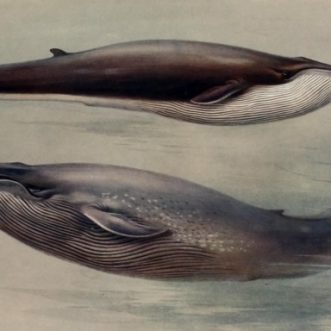
The joy of sameness.
Patterns are a shortcut to previous experience. They enable us to see similarities beyond a mass of detailed differences. We enjoy repetition and sameness – as long as there are enough differences to stimulate us, and keep our eye moving.
The same goes for processes. Sameness is good. A pattern is easy to grasp and easy to remember. That gives us freedom to fill in the details differently when needed.
The trouble is, when we try to communicate a process to other people, we tend to focus on the detail, not the pattern. We feel we have to capture every exception, every flourish and curlicue, every nuance. The result is a mess, that takes too long to untangle and so languishes unused and ignored. Or an unwieldy encyclopedia of micro-patterns – forms, checklists, procedures that makes it impossible to see the patterns that matter.
So if you’re trying to capture process in your business, try looking for the pattern first. Imagine you’re up a level from the process you’re trying to describe, above it, rather than in it, seeing the path through the woods rather than the immediate undergrowth.
Here’s a brilliant example of someone doing that in a completely different context, to free people from the tyranny of recipes or ready-prepared meals.
The Discipline of pattern is what makes Daring possible in execution.
Thanks to The Intuitive Cook for the inspiration.









